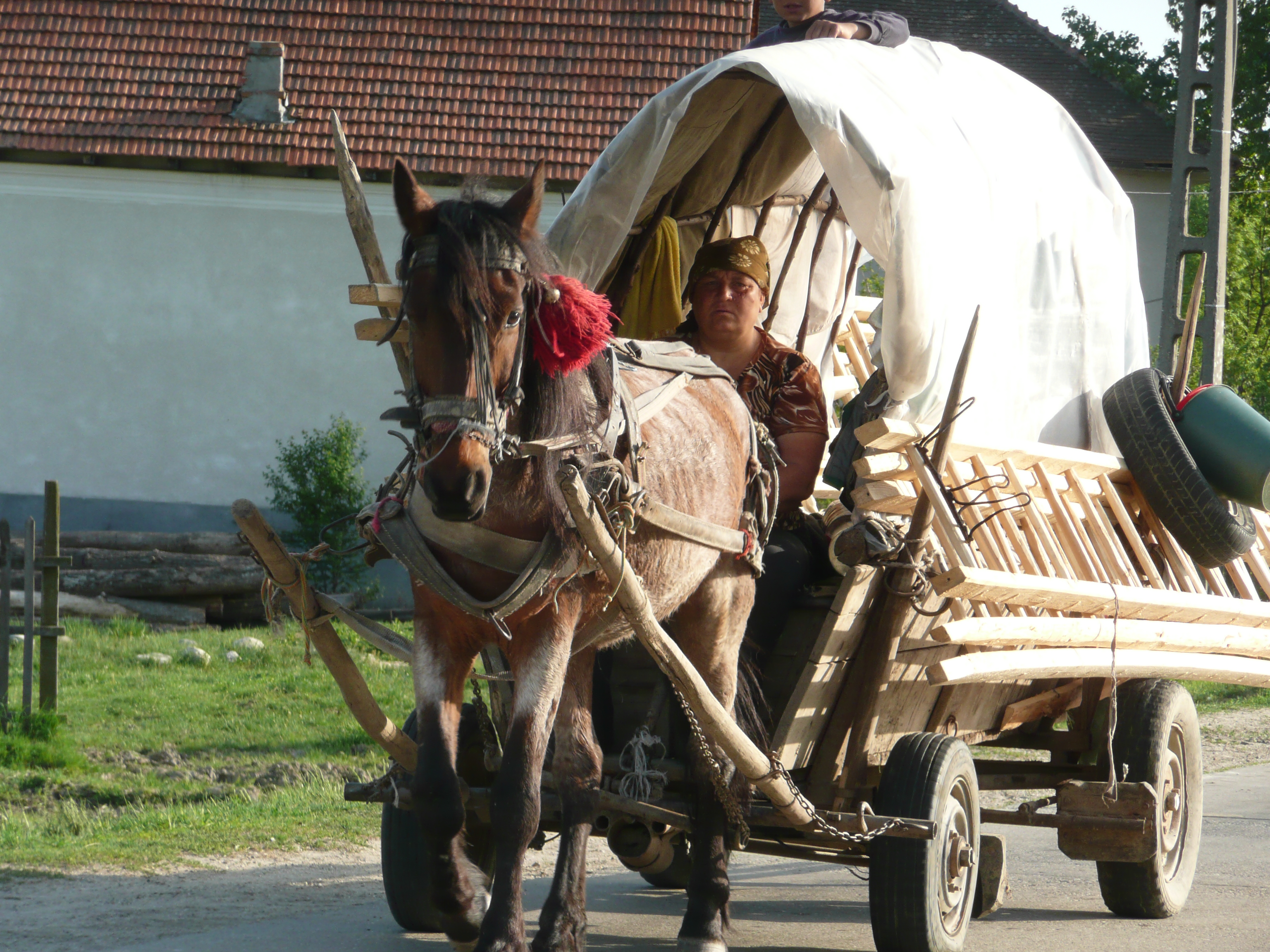
The ancestors of the Roma communities in Eastern Europe migrated from the Indian subcontinent to Europe over a millennium ago. The boundaries of this community are determined not by its members, but by the surrounding population that has been living alongside them for centuries. Roma have existed in “two dimensions” for some time, namely as a separate community and as an ethnic society within the respective nation state. Roma are an inhomogeneous socio-cultural unit that is hierarchically structured on different taxonomical levels. A main scientific category, which is traditionally used by the Romani studies’ scholars is the Roma group or tribe or nation or caste. Characteristics of a “typical” Roma group are:
- presence of group consciousness
- only a person who is born into the group can be a member
- strict observance of group endogamy
- use of a common language, either Romani or another language in communities that have given up their mother tongue
- a common traditional lifestyle, sedentary or nomadic
- common means of subsistence, group profession or traditional occupations
- existence of a potestary structure and internal self-government
- strict observance of group rules and norms
- common life perceptions including religion
- common value and behavioural patterns
- common opinions and moral principles
- large and strong families regarded as the highest value
- restriction of friendly contacts outside the boundaries of the group
- mutual solidarity and obligation to lend support
- maintenance of group authenticity and isolation, including the rule of non-interference in other groups’ affairs
- observance of group prohibitions
The Roma groups are not static and unchangeable social and cultural units. Processes in different directions, velocity and frequency can be reduced to two main contradictory, but correlated tendencies, segmentation and consolidation: continuous segmentation into subgroups, which then form a new meta-group community.
The Danube basin is the historical region where the most numerous subdivisions of the Roma community are concentrated. Other Roma communities all over the world are contemporary migrants or descendants of migrants who left this region from about 150 years ago. The Sinti in this region are few in numbers, as they comprise only a few families in Russia, Poland, Hungary, the Czech Republic, Slovakia and Slovenia, which are nowadays mostly mixed with Roma. From the point of view of borders of the Roma subdivision presence, the territory of contemporary Turkey constitutes a unique place for Roma. It is the current location of the heirs of three big waves into which the Romani migration was divided during their long journey from India to Europe: Rom, Lom and Dom. Rom have settled in the Balkans for centuries, at least since the 11th to 12th century, according to some even as early as the 9th century. The most general distinction between the Roma communities on the Balkans is the distinction between Muslims and Orthodox Christians, who are divided into more or less autonomous groups. The processes of “preferred ethnic identity” are strongly expressed mainly among the Muslim Roma in the Balkans. A significant number of them are Turkish-speaking and often prefer to declare themselves as Turks. In other cases, the preferred community is Albanian. The processes of adopting the identity of the surrounding population, such as in the groups in Bulgaria or Serbia are similar in content. Furthermore numerous Romanian-speaking Roma communities inhabit the whole Balkan Peninsula. In Central Europe the variety of Roma groups is smaller relative to the ones in the Balkans and in Romania. The situation in the Czech Republic mirrors the situation in Slovakia because during the Second World War the local Roma and Sinti were almost entirely annihilated in Nazi concentration camps; only few families survived. After World War II the country was repopulated by Roma who came mostly from eastern Slovakia. In Hungary the predominant Roma groups are Hungarian-speaking and many of them also with a preferred Hungarian identity. With the onset of the 21st century a series of considerable changes became palpable that were related above all to the finalisation of the processes of European integration in CEE countries. Migration floods and labour mobility became a common factor in the entire region and had an impact on the development of Roma identities as well. In the new European reality Roma communities acquire new and wider spatial dimensions that transcend the existing nation state borders. Large portions of the existing Roma groups from the Danube basin migrate to various countries in Western Europe with the intent of permanently settling there. At the present stage the relations between the members of the groups remain, for instance through marriage, but it is difficult to forecast how the processes of segmentation and consolidation of the groups will develop in future.
Literature:
Inalcik, Halil ed., An Economic and Social History of the Ottoman Empire 1300-1914, CUP 1995
Marushiakova, Elena & Popov, Veselin, A Contemporary Picture of Romani Communities in Eastern Europe, Council of Europe & University of Graz
